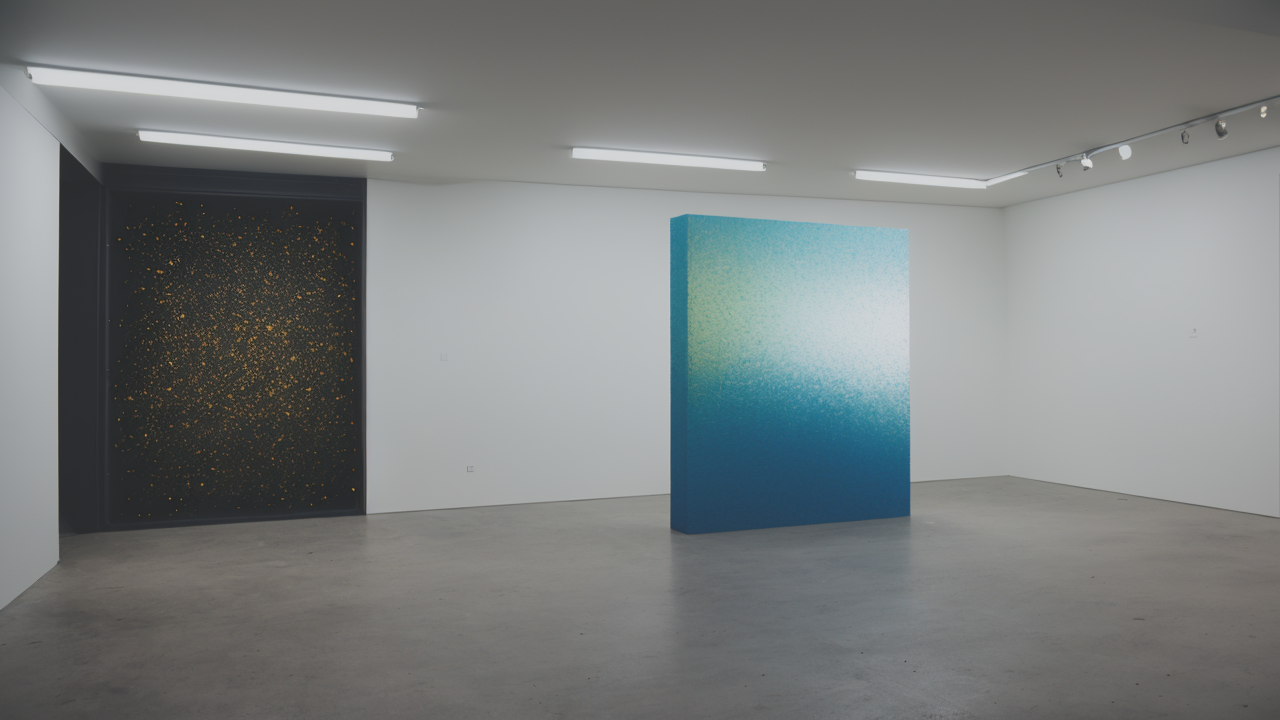
Abstract Expressionism Reimagined: Expert Insights into Modern American Painting
The Philosophy of Minimalism in Art
Understanding the Core Principles of Minimalism
Minimalism in art is about simplicity. It's the art of saying more with less. The core idea is to remove excess and focus on the essential. Minimalist artists believe that less is more. They use simple shapes, lines, and colors to create strong images.

Key principles of minimalism include:
- Simplicity in form and content
- Use of negative space
- Limited color palette
- Geometric shapes and patterns
- Focus on the medium itself
In minimalist drawings, every line matters. Artists carefully choose what to include and what to leave out. The goal is to create impact with minimal elements. This approach asks viewers to find meaning in simplicity.
The Historical Evolution of Minimalist Art
Minimalist art started in the 1960s in America. It was a response to the emotional style of Abstract Expressionism. Early minimalist artists wanted to create objective, non-emotional art. They focused on the physical qualities of their materials.
Key moments in minimalist art history:
- 1960s: Birth of Minimalism in New York
- 1970s: Growth in sculpture and installation art
- 1980s: Influence on architecture and design
- 1990s-2000s: Revival in digital art and graphic design
Artists like Frank Stella and Donald Judd were pioneers. They created simple yet powerful art. Over time, minimalism spread to other fields. Today, it still influences modern design in many areas.
Techniques and Tools for Minimalist Drawings
Choosing the Right Materials for Minimalism
The right tools are key for minimalist drawings. You don't need many items, but quality is important. The aim is to achieve big impact with few means. Here are some essential materials for minimalist drawing:

- Fine-tipped pens or markers
- High-quality paper or sketchbooks
- Ruler and compass for precise lines
- Limited color palette (often black and white)
- Digital tools for clean, vector-based work
Choose materials that allow for precise, clean lines. Smooth paper works well for crisp drawings. Try different pen thicknesses to add subtle variety. Digital tools can help create perfect geometric shapes.
Remember, in minimalism, every mark counts. Your tools should help you make each line important.
Key Drawing Techniques to Create Minimalist Art
Creating good minimalist drawings needs specific methods. These focus on simplicity, balance, and visual impact. Here are some key techniques to master:
- Line weight variation: Use different line thicknesses for depth
- Negative space use: Let empty spaces create shapes
- Geometric shape building: Use basic shapes as building blocks
- Symmetry and balance: Create harmonious designs
- Controlled repetition: Use patterns to add interest
Practice making clean, confident lines. Use white space as part of your design. Build complex forms from simple shapes. Try both symmetry and asymmetry. In minimalist art, less is more. Each part should have a purpose.
These techniques take time to learn. Regular practice is key to getting better at minimalist drawing.
Implementing Minimalism in Your Artistic Practice
Case Studies: Successful Minimalist Drawing Campaigns
Looking at successful minimalist drawing projects can inspire you. These examples show how simple drawings can have a big effect. Here are some notable minimalist drawing campaigns:

- Apple's product outlines: Simple black shapes on colorful backgrounds
- Picasso's line drawings: Complex forms reduced to a few lines
- Noma Bar's clever art: Using empty space to create double images
- Michael Craig-Martin's bold lines: Everyday objects simplified to basics
- Saul Bass's movie posters: Capturing film themes with minimal elements
These campaigns prove that minimalist drawings can be powerful. They show how simple forms can express complex ideas. Study these to see how less can be more in art.
Tips and Best Practices for Aspiring Minimalist Artists
Developing a minimalist drawing style takes practice and patience. Here are some tips to help you:
- Start with small sketches: Plan your designs before drawing
- Use white space: Don't fear empty areas in your work
- Focus on one main element: Let one feature stand out in each drawing
- Draw every day: Regular practice improves your skills
- Learn from famous artists: Study the masters of minimalism
- Edit your work: Remove anything that doesn't add to the main idea
- Try different tools: Find what works best for you
- Think about the message: Make sure your art conveys your intended meaning
Remember, minimalism is about purpose. Every line and shape should matter. Don't be afraid to simplify your work more. The goal is to say more with less. Keep practicing, and you'll develop your own minimalist style.
In conclusion, mastering minimalist drawings takes time and effort. It challenges artists to express ideas simply. By understanding its ideas, learning techniques, and studying good examples, you can create strong minimalist art. Remember, in minimalism, every part counts. Let your art speak loudly through simplicity.


